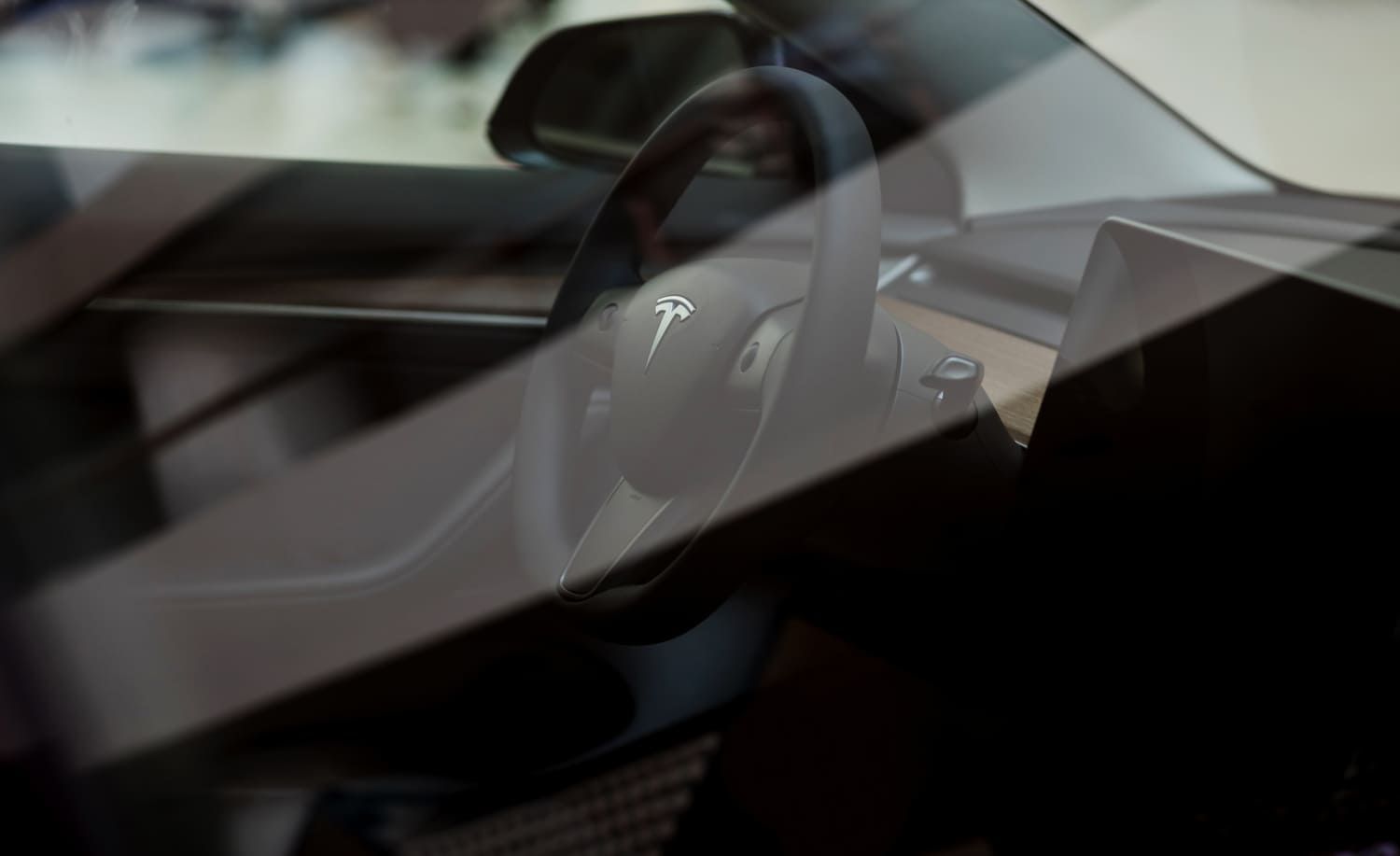>
Blog>
Tesla Model 3 Running Costs UKTesla Model 3 Running Costs UK
Many people buy electric cars primarily for the cost saving, the thought being that not having to buy expensive petrol or diesel will save them thousands over the course of a year. But with recent tax changes, and away-from-home charging rising in price, what really is the cost of running a Tesla Model 3?
In this article, we’ll cover:
- Road Tax
- Insurance
- Fueling
- Servicing/repairs
Tesla Model 3 Road Tax / VED
Road tax, or to use its proper name, Vehicle Excise Duty, is a tax on using motor vehicles on a public road. The rate to be paid depends on a few factors, including the age of the vehicle and its environmental impact. There is also a different rate for the first year a car is on the road.
Another thing to consider is the “luxury vehicle tax”, which is an extra charge on cars with a list price of over £40,000, and is an extra £425 for the first 5 years.
Model 3 First Year Road Tax
Thanks to its zero-emissions drivetrain, the first year VED on a new Model 3 is £10.
H3 Model 3 VED/Road Tax
Model 3 Second Year Onward Road Tax
As all Model 3’s were first registered after March 2017 (the Model 3 was first available in the UK in 2019) the yearly tax is £195.
Model 3 Luxury Car Tax
According to the Tesla website, the base spec Model 3 comes in at just under the £40,000 limit; however, almost all cars will have been ordered with one of the many optional extras, putting it above the limit.
The Model 3, therefore, will almost always incur the luxury car tax of £425 per year for the first 5 years.

Insurance
Insurance is calculated by risk, both the risk of your car being stolen and the risk of you having an accident. All cars are sorted into an insurance group when put on sale, and this gives a pretty good indicator of what the insurance costs will be.
The base spec, short-range and 2WD Model 3s are insurance group 38; however, the long-range, or performance models are typically in group 50, which is the highest and most expensive group.
Because insurance varies so much from person to person, with location playing a massive factor too, it’s best to get some indicative insurance quotes that are tailored to you, but be prepared to pay relatively high premiums.
Fueling/Charging
This is the area where you would expect an electric vehicle to do very well, but it is heavily influenced by the places you charge, and your home electricity tariff.
Tesla Model 3 Charging Costs:
*assuming an electricity rate of 34p / kWh, and charging to 100%
**assuming a 67p / kW rate, charging to 80%
The above figures show it is much cheaper to charge at home, but this isn’t very useful without knowing how many miles you get per charge. Especially in the case of the supercharger stations, where most people only charge to 80% (as charging from 80-100% takes a very long time).
What is the range of a Tesla Model 3?
This data is taken from real-world figures of owners, and will depend heavily on the style of driving, the conditions and the health of the battery.
Do Teslas get Free Supercharging?
You may remember a few years ago, Tesla offered free supercharging; some people think this applies to all Tesla cars, unfortunately, that's not the case.
Free supercharging only came on selected models, and only when it was selected as an option from the dealership. It was never available on Model 3’s, only the Model S and X.
However, as Tesla offers the chance to “sell” the supercharging perk back to them when you’re changing cars, not many cars are left with this perk.
Tesla Model 3 Servicing Costs
One of the biggest advantages of an electric car is its simplicity. They have very few moving parts, so unlike petrol or diesel cars, they don’t have engine oil, air filters, oil filters or fuel filters to change.
Even brake pads rarely need changing, thanks to the regenerative braking doing most of the stopping. This massively cuts down on servicing costs.
The two things you do need to remember, even with an electric car, are the tyres and the brake fluid. Tyres should be changed whenever needed - usually when they get below 3mm tread depth.

Depending on your driving style, EVs tend to be heavier on tyre wear as they typically have more weight and power than a typical petrol or diesel car.
Author - Joseph Law
Joseph has been writing about cars for over seven years and writing for Bumper for over two, blending his passion for automobiles with a talent for storytelling.
Joseph has written about engineering and cars for Autozilla, Komaspec, and several engineering manufacturers. When he's not writing or tinkering with one of his cars, Joseph dreams of owning an Alfa Romeo 33 Stradale.
Related Posts